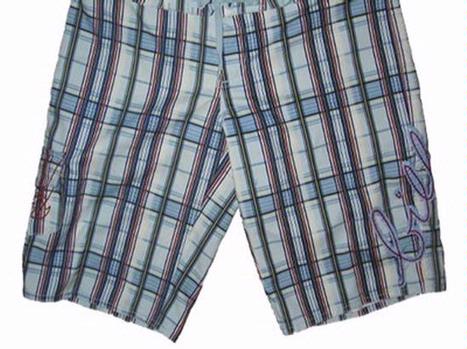Billabong International Limited revenues increased 18 percent to $1.35 billion Australian dollars for the year. Net profit after tax rose 13 percent higher to A$176.4 million.
Those figures, and others that will be used in this story, are in constant currency terms.
The company said its recent string of acquisitions – Xcel Wetsuits, Quiet Flight, Sector 9 and DaKine in the U.S. and Tigerlily in Australia – is coming to an end as the company believes its brand portfolio is largely complete. The next focus will be on integrating the new brands, finding synergies and growing the existing brands organically.
Billabong spent A$147 million on capital expenditures to take the South African operation in-house and buy Xcel, Tigerlily, Kirra Surf and Quiet Flight. That sum also helped pay for investment in company-owned retail stores.
On the retail front, Billabong said its company owned retail stores give Billabong the opportunity to present its brands where they are underrepresented.
“The group’s own portfolio of brands is increasingly providing a compelling retail offer and the company continues to review further international retail opportunities as they arise,” Billabong said in a statement.
The company also said international markets such as Japan, Canada, Brazil, South Africa and parts of Europe are becoming important revenue contributors.
Americas revenues: Grew 16 percent for the year to US$557.1 million. In the second half, revenue grew 18.6 percent.
EBITDA: grew 16 percent for the year to US$100.8 million.
Xcel: The newly acquired brand performed to expectations, the company said, and made a positive earnings per share contribution.
Quiet Flight was acquired just before the reporting period closed in June.
North American revenue: Up 15 percent
South American revenue: Up 29 percent.
Strong U.S. regions: West and East coasts. Hawaii remained challenging.
Billabong brand: Reported double-digit revenue growth in the Americas. Men’s strong categories were boardshorts and brightly-colored T-shirts.
Billabong Girls: Dresses, swim, walkshorts and denim performed well.
Element: Did well in the specialty channel, particularly with Element Eden. Overall sales to PacSun were down slightly.
Nixon: Had “strong revenue growth” and good success
with larger-faced watches.
Billabong-owned retail: Grew from 59 to 86 stores during the fiscal year. Thirteen of the new stores were from the Quiet Flight acquisition.
Forward view: Future orders in the U.S. are up in the low double digits.
Annual revenue: Up 20 percent in constant currency terms to 191 million Euros.
Annual EBITDA: Rose 37 percent to 41.2 million Euros
Strong countries: France, Italy and Germany
Weak region: United Kingdom
Best categories: Boardshorts, T-shirts, denim and technical snow apparel.
Girls: Grew more than men’s.
Element: Strong in mens and girls across all markets
Eastern Europe: Had strong growth and Billabong is continuing to invest there.
Retail: Stores grew from 34 to 53 during the year.
Forward view: Order books are showing mid-teen growth.
Revenue: Revenues rose 18 percent to A$412.7 million largely due the South African business coming in house.
EBITDA: Up 17.5 percent to $110.1 million
Australia: Revenue up with increased margins
New Zealand: Showed high growth with the first full year inclusion of sales from the Amazon chain
Japan: Sales grew in the high teens
Billabong men: Performed well but not as well as Girls. Shorter-leg boardshorts and slim-fit jeans were strong sellers.
Billabong Girls: Dresses and denim did well.
Retail: Billabong now owns 103 stores in the region, up from 66. Most of the growth came in Asia and South Africa.
Forward view: The cooling economy has retailers order conservatively. The company expects this region to show “modest” growth in the upcoming year. Future orders are showing low single digit growth.






